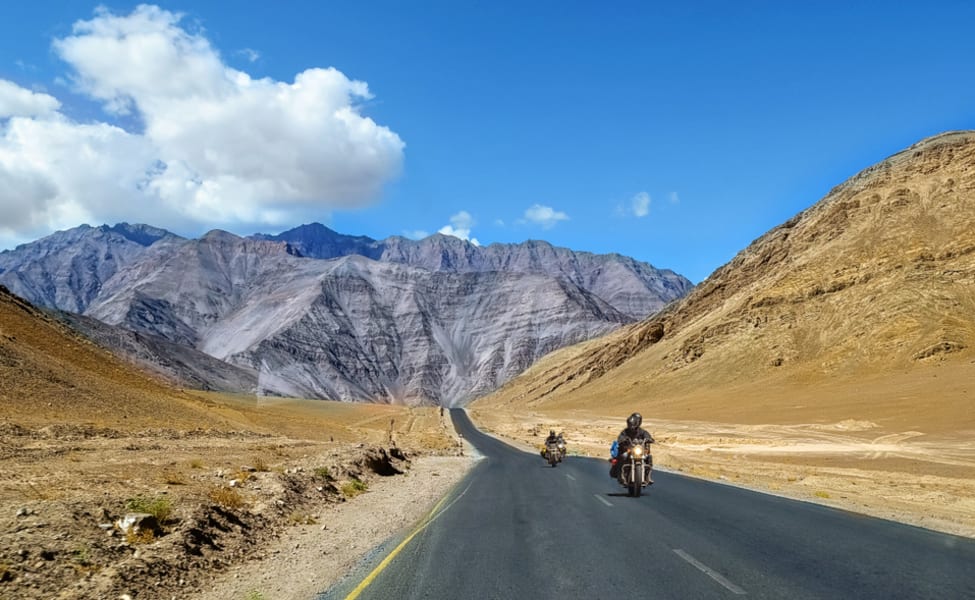Ladakh, a hilly geographical area on the northern border of India with 2.75 lakh population with 2 districts (Leh & Kargil) has been separated from Jammu & Kashmir with immediate effect. The region will be reorganized now as union territory without legislature on the lines of Daman and Diu.
The number of legislators, the region of Ladakh used to send in Jammu & Kashmir assembly was irrelevant due to a small number in comparison to members from the other two regions. The legislative members have no bargaining power in the state and therefore the region has been ignored for decades.
Now the region could develop itself without the interference from the politicians from Jammu & Kashmir region. Leh is a very important tourist hub and tourism is the primary activity in the region to support the economy. Therefore the region needs to function independently to develop itself as per the needs of tourists and maximize the productivity of the people.
Apart from tourism, Ladakh could be exploited for precious mineral resources and hydropower projects. As per a Hindustan Times article published in 2007, scientists have found “exceptionally high concentration” of uranium in Ladakh. “Samples of rocks analysed in a German laboratory have revealed uranium content to be as high as 5.36 per cent compared to around 0.1 per cent or less in ores present elsewhere in the country,” reads the article by HT.
India needs uranium to fuel its nuclear power plants. The country aims to take a big leap forward in nuclear energy as a source of cheaper and cleaner source. The country has completed almost every international norm required to develop nuclear energy on a massive scale and uranium in crucial source for that. Given the rarity and usefulness of the precious mineral, it is very costly in the international market. If India could extract domestically available uranium, the cost of nuclear energy in the country would go down.
The uranium was found in the region in 2007 but any further major development could not happen due to obstacle from the state government. Now as Ladakh has become a union territory directly under the control of the central government, uranium could be extracted and the union territory of Ladakh would get fair compensation for it which would help in improvement in the standard of living of local people.
The Nimoo Bazgo power project is already an important hydropower project in the region. The flow of Indus River is very sharp in the area and therefore there is so much potential in the hydropower project in the region. As per a report by Jammu and Kashmir State Power Development Corporation Limited, “Ladakh is rich not only in culture but also in hydel potential.”
The government has identified five hydel power projects with a capacity of 760 MW on Indus River.
The Suru and Drass, two other rivers with sharp flow in Ladakh region, 95 MW capacity could be generated.
There are already 9 projects going on in the region to substantially enhance the power generation capacity of the state and provide through the clock clean energy to the region. “The clean power generated from this project will replace fossil fuel based power, thus preserving the pristine environment of the region,” said the report by the JKSPDC.
Ladakh has huge potential for hydroelectric power which could be used to fulfill the domestic demand as well as export. The region could sell hydroelectric power to neighboring states and earn for the public exchequer.
The demand for a separate state has been very high in the Ladakh region. All Religious Joint Action Committee (ARJAC) leaders had passed a resolution demanding union territory status for Ladakh. In a memorandum to Prime Minister, ARJAC leaders had said, “In modern times, when the whole subcontinent has passed through the process of decolonisation to enjoy the fruits of national Independence, we, the people of Ladakh, and our land still continue to suffer under the old concept of colonial administrative structure, which suited the imperial interests and feudal rulers under the name of the pseudo-state of Jammu & Kashmir.”
Now as the economic colonization of Ladakh has ended, it could use its economic potential to improve the quality of life of people of the region and could be beneficial for the energy needs of the country.
